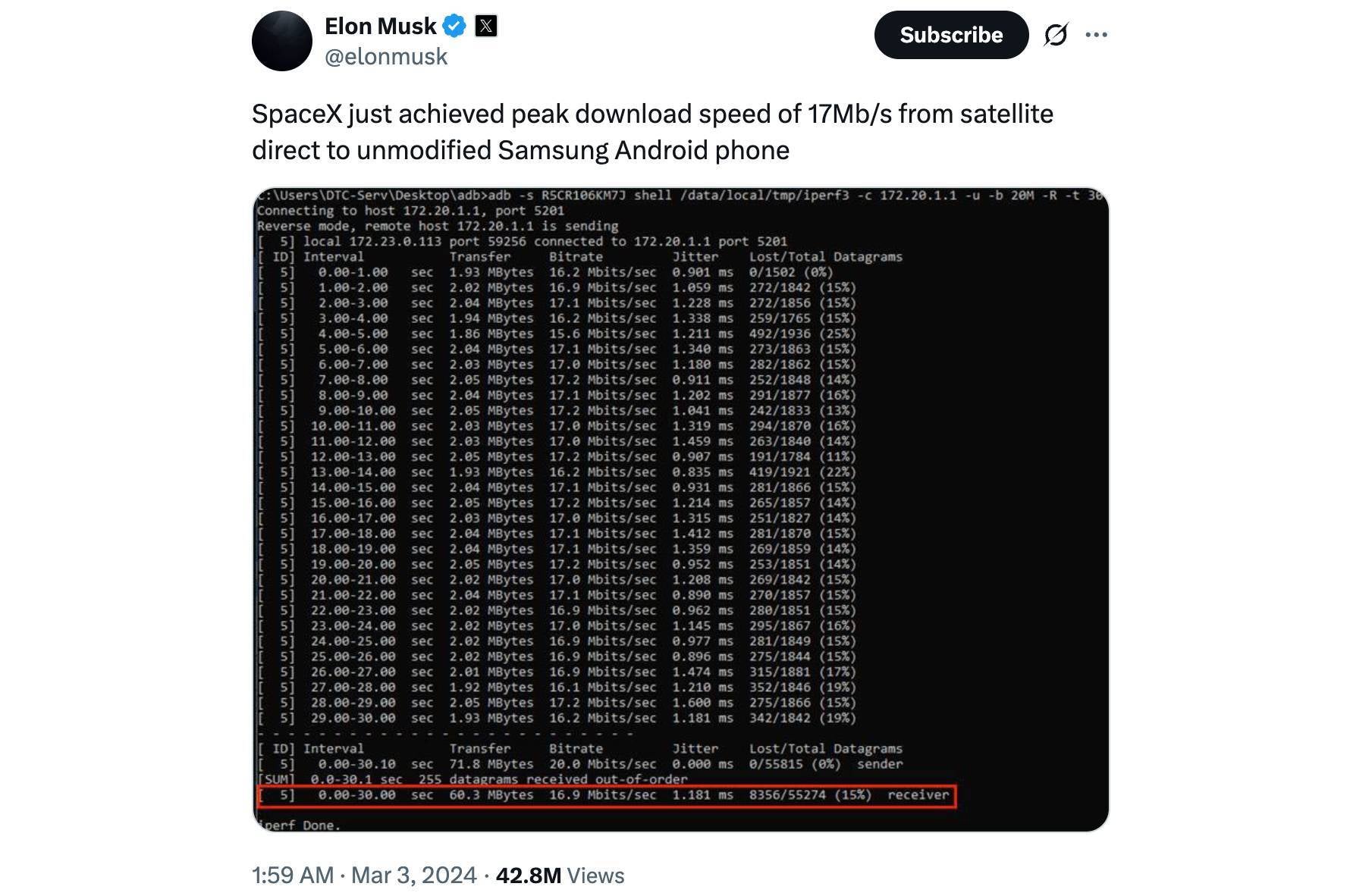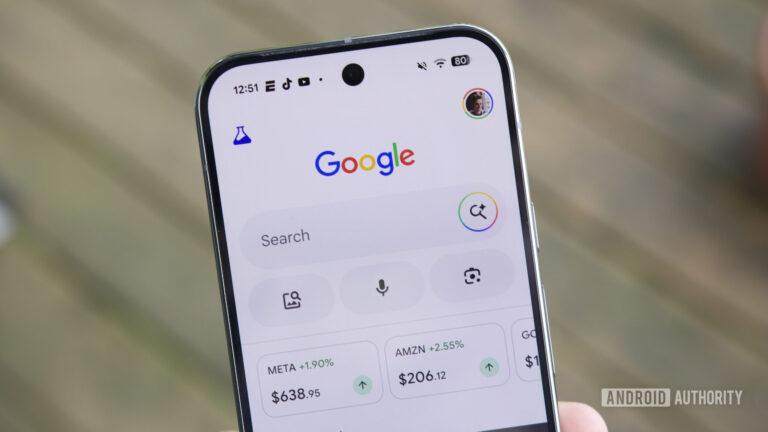Report tempers excitement about T-Mobile satellite internet
The data spans from October 2024, which was when the satellite feature was launched in areas impacted by hurricanes, to April 2025.
The report established a clear correlation between the number of satellites in orbit and the expansion of the coverage, particularly in areas not served adequately by land-based networks, such as national parks and sparsely populated areas. The paper has also revealed that direct-to-cellular signals were stable over the analyzed period and the network was not congested, seemingly because usage was limited to SMS during that time. That said, since the signal strength is lower compared to LTE, a phone’s battery may deplete faster when it’s connected to a satellite.
The researchers used Signal-to-Interference-plus-Noise Ratio (SINR) to conclude that T-Mobile and SpaceX’s data service will offer speeds of 4 Mbps outdoors, which will only be enough for basic connectivity needs in remote areas.
Based on SINR measurements, we estimate a current mean throughput of approximately 4 Mbps, which is functional for basic services but significantly below terrestrial averages.
—Universidad Politecnica de Madrid
Looking ahead, throughput and performance may improve to 24 Mbps with higher radiated power (as recently authorized by the FCC), wider bandwidth allocation, and continued constellation expansion. However, these enhancements will depend on regulatory developments —particularly spectrum access— and on the evolution of service demand.
—Universidad Politecnica de Madrid

SpaceX CEO had hinted at a peak download speed of 17Mbps in 2024
All in all, T-Mobile‘s satellite service is still nothing short of impressive, especially considering that it’s the only carrier in the US to have deployed the feature at a large scale. As far as data speeds are concerned, they were never expected to match 4G or 5G, with an exec revealing in March that data services would be low-impact.





